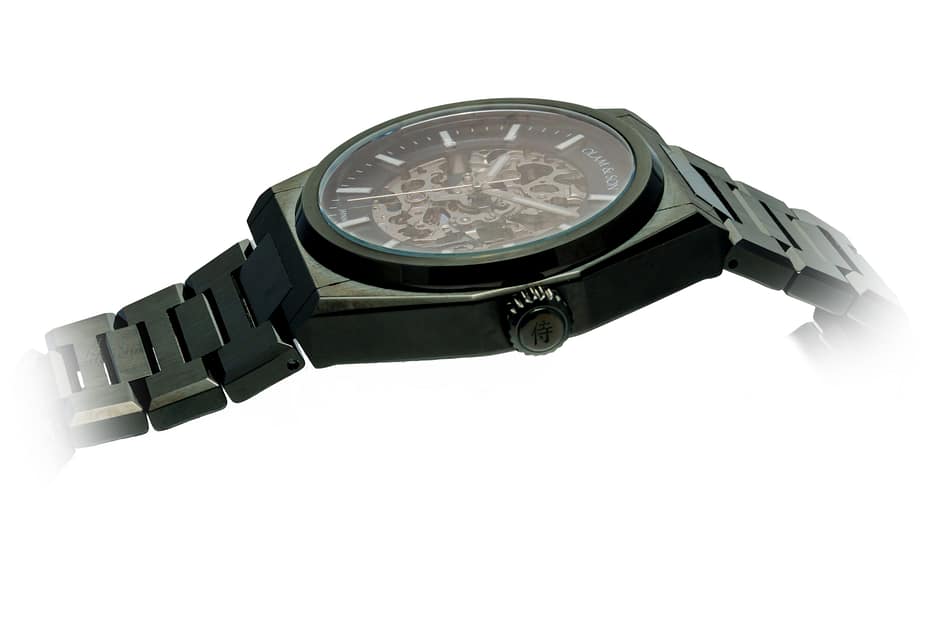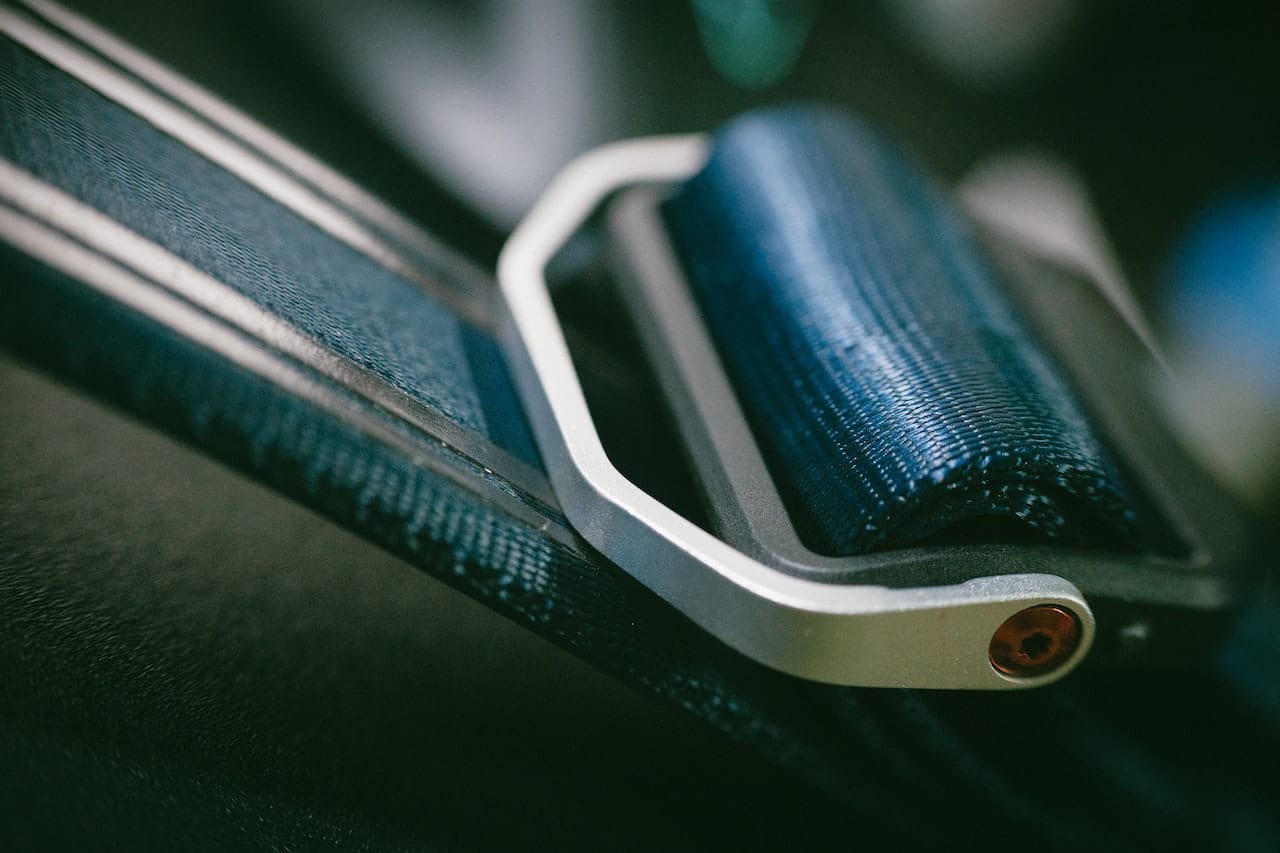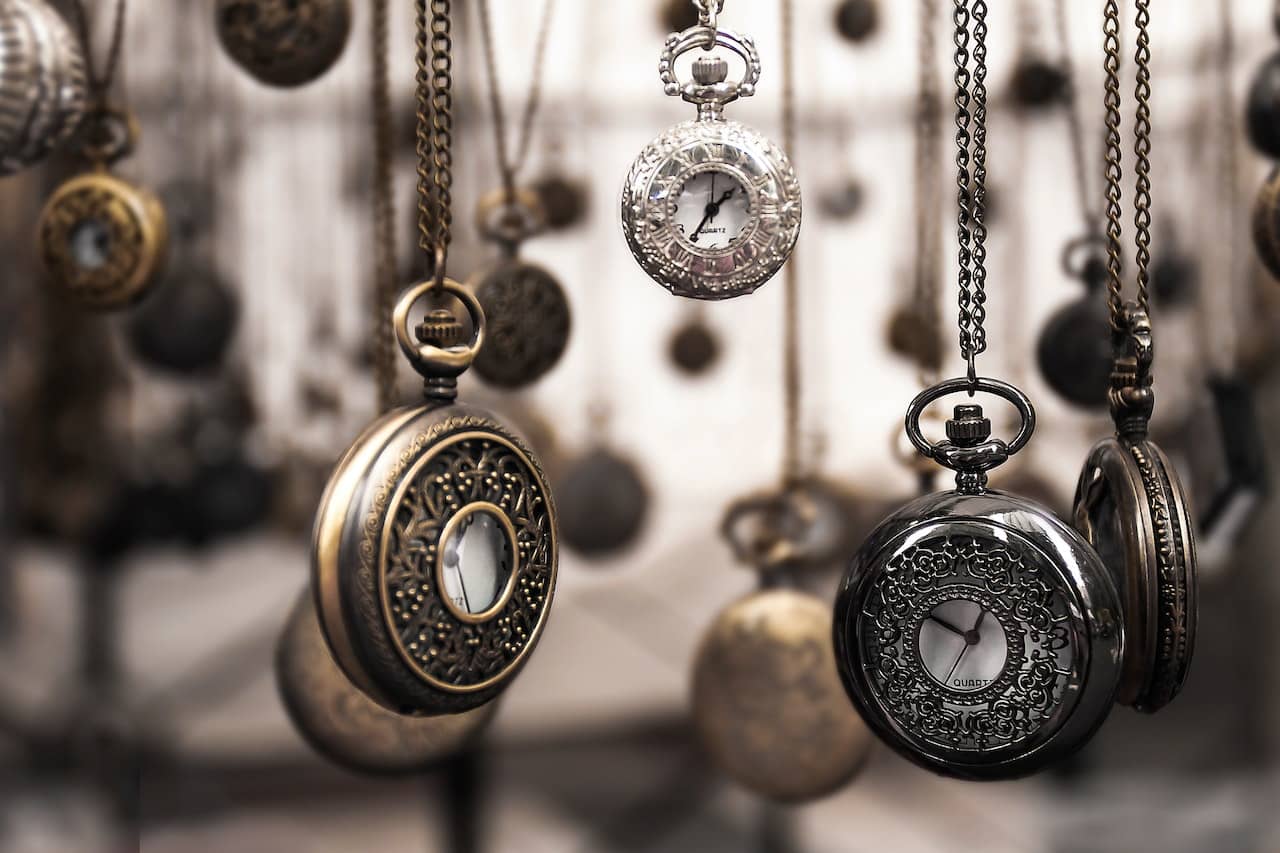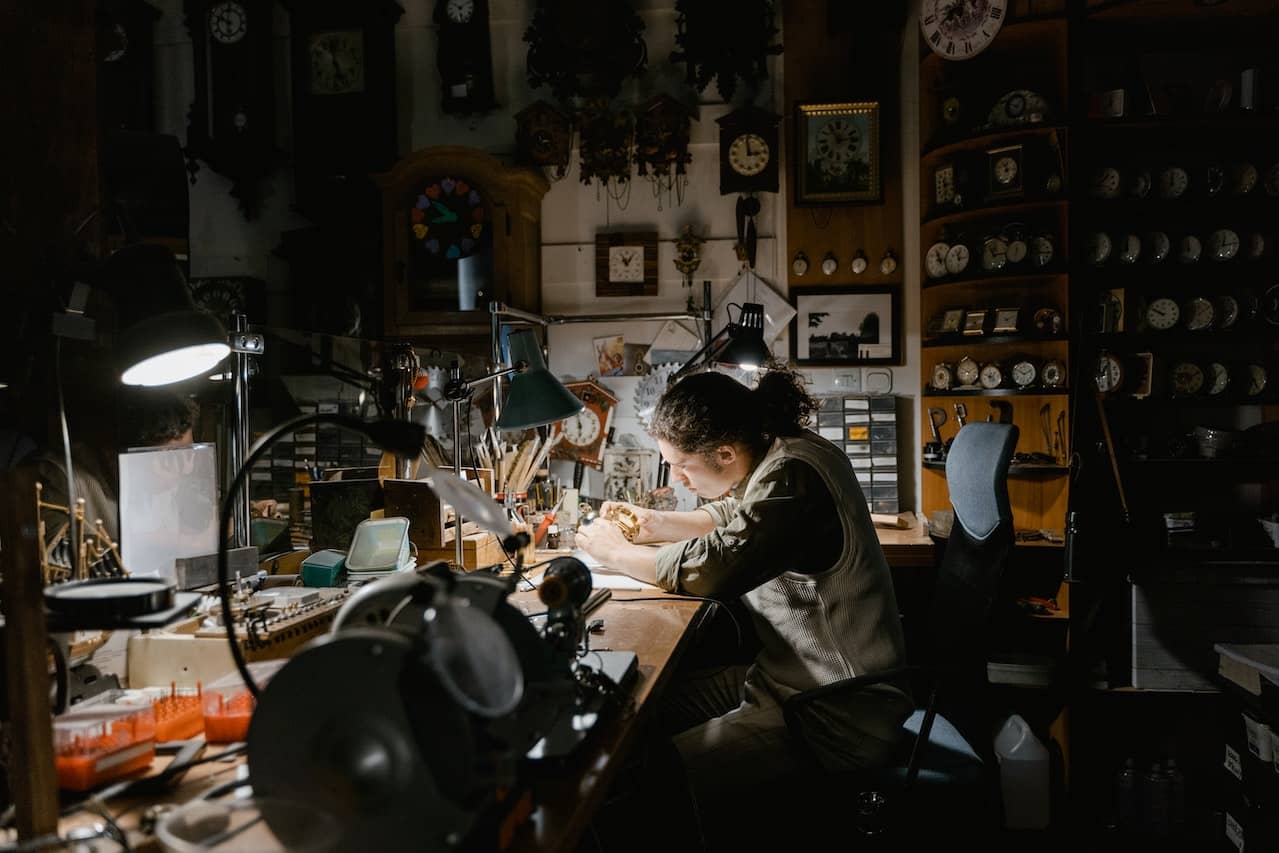“Unlock the Secrets of Time: The Anatomy of a Watch!”
Introduction
The Anatomy of a Watch is an in-depth look at the various components that make up a watch.
From the movement to the case, dial, and hands, this guide will provide an overview of the different parts of a watch and how they work together to create a timepiece.
We will also discuss the various materials used in watchmaking, as well as the different types of watches available.
Whether you are a novice or an experienced watch enthusiast, this guide will provide you with the knowledge you need to understand the anatomy of a watch.
The Role of the Watch Crown and Its Functions
The watch crown is an essential component of a wristwatch, and it serves a variety of important functions. The crown is the small knob located on the side of the watch case, usually at the 3 o’clock position.
It is used to adjust the time, wind the watch, and set the date.
The primary function of the watch crown is to adjust the time. By turning the crown, the wearer can move the hands of the watch forward or backward to set the correct time.
This is done by engaging the watch’s internal gears, which are connected to the hands.
The watch crown is also used to wind the watch. This is done by turning the crown in a clockwise direction. This winds the mainspring, which powers the watch.
Depending on the type of watch, the crown may need to be wound daily or weekly.
Finally, the watch crown is used to set the date. This is done by turning the crown in a counter-clockwise direction. This engages the date wheel, which moves the date forward or backward.
In summary, the watch crown is an essential component of a wristwatch. It is used to adjust the time, wind the watch, and set the date. Without the watch crown, a wristwatch would be unable to function properly.
The Different Types of Watch Bands and How to Choose the Right One
When it comes to watches, the band is just as important as the face. The right watch band can make a statement, while the wrong one can ruin the look of an otherwise perfect timepiece.
With so many different types of watch bands available, it can be difficult to know which one is right for you. Here is a guide to the different types of watch bands and how to choose the right one.
Leather Watch Bands:
Leather watch bands are classic and timeless. They come in a variety of colors and textures, from smooth calfskin to textured alligator.
Leather watch bands are perfect for dress watches, as they add a touch of sophistication and elegance.
Metal Watch Bands:
Metal watch bands are strong and durable, making them ideal for everyday wear. They come in a variety of metals, including stainless steel, titanium, and gold.
Metal watch bands are perfect for those who want a more modern look.
Rubber Watch Bands:
Rubber watch bands are perfect for those who lead an active lifestyle. They are comfortable, lightweight, and waterproof, making them ideal for sports and outdoor activities.
Rubber watch bands come in a variety of colors and styles, so you can find one that suits your style.
Nylon Watch Bands:
Nylon watch bands are a great option for those who want a casual look. They are lightweight and comfortable, and come in a variety of colors and patterns.
Nylon watch bands are perfect for everyday wear.
When choosing a watch band, it is important to consider your lifestyle and personal style. Leather watch bands are perfect for dress watches, while metal watch bands are ideal for everyday wear.
Rubber watch bands are great for active lifestyles, while nylon watch bands are perfect for a casual look. No matter which type of watch band you choose, make sure it is comfortable and fits your wrist properly.
The History of Watchmaking: A Look at the Craftsmanship Behind the Timepiece
The history of watchmaking is a long and fascinating one, tracing its roots back to the 16th century. From the earliest pocket watches to the modern wristwatch, watchmaking has been a craft that has evolved over time.
It is a craft that requires a great deal of skill and precision, and the results are often stunning works of art.
The first pocket watches were created in the 16th century, and were made of brass and iron. These early watches were often ornately decorated and were used as status symbols.
As time progressed, watchmakers began to experiment with different materials and designs, and the pocket watch eventually evolved into the wristwatch.
The first wristwatches were created in the late 19th century, and were made of gold and silver.
These watches were often decorated with intricate engravings and jewels, and were considered to be a symbol of wealth and status.
As technology advanced, watchmakers began to experiment with different materials and designs, and the wristwatch eventually evolved into the modern timepiece.
Today, watchmaking is a highly specialized craft that requires a great deal of skill and precision. Watchmakers use a variety of tools and techniques to create watches that are both functional and aesthetically pleasing.
From the selection of materials to the intricate details of the design, watchmakers take great care to ensure that each watch is a unique and beautiful piece of art.
The craftsmanship behind the timepiece is something that has been admired for centuries. From the earliest pocket watches to the modern wristwatch, watchmaking has been a craft that has evolved over time.
It is a craft that requires a great deal of skill and precision, and the results are often stunning works of art.
Conclusion
The Anatomy of a Watch is an incredibly complex and fascinating topic. From the inner workings of the movement to the intricate details of the case and dial, each part of a watch is essential to its overall function.
With a better understanding of the parts of a watch, one can appreciate the craftsmanship and engineering that goes into creating a timepiece.
Whether you are a collector, a watchmaker, or simply an enthusiast, understanding the anatomy of a watch is an important part of appreciating the art of horology.









You helped me a lot by posting this article and I love what I’m learning.
I have been surfing online more than three hours today, yet I never found any interesting article like yours.
It is pretty worth enough for me. In my opinion, if all
website owners and bloggers made good content as you did,
the net will be much more useful than ever
before.
I have learn several excellent stuff here. Definitely value bookmarking for revisiting. I surprise how so much attempt you place to create this type of fantastic informative site.